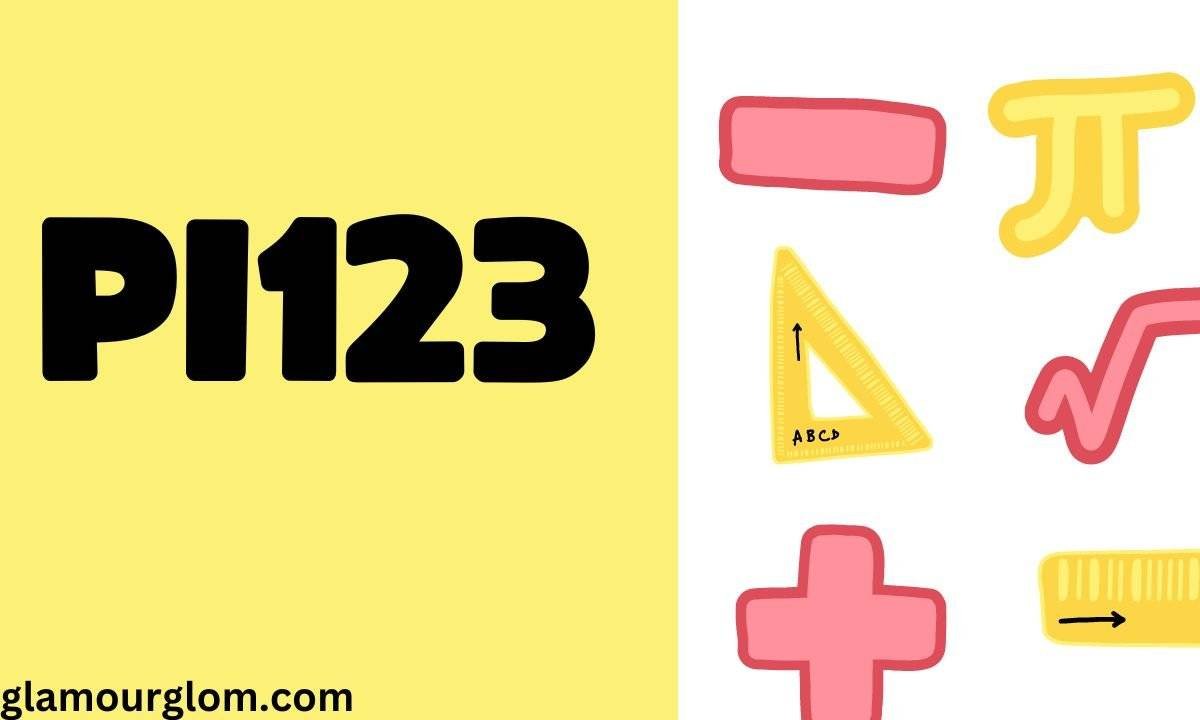Bank exams often feature number series questions, which can be tricky for many candidates. These questions test your ability to identify patterns and apply logical reasoning. However, with the right strategies, you can tackle them confidently. Here are some top strategies to help you crack number series questions in bank exams.
1. Understand the Basics of Number Series
Before attempting any number series questions for bank exams, it’s crucial to understand the basic concepts. A number series typically consists of numbers in a specific sequence. Your task is to identify the rule or pattern that governs the sequence. Common patterns include arithmetic progression, geometric progression, squares, cubes, and alternating patterns.
2. Identify Common Patterns in Number Series Questions
In number series questions for bank exams, you will often encounter several common types of patterns. Familiarising yourself with these patterns can save you time during the exam.
For example:
- Arithmetic Progression: A sequence where the difference between consecutive terms is constant (e.g., 2, 5, 8, 11, 14…).
- Geometric Progression: A sequence where each term is obtained by multiplying the previous one by a constant (e.g., 3, 6, 12, 24…).
- Square/Cube Series: Sequences where terms are squares or cubes of natural digits (e.g., 1, 4, 9, 16… or 1, 8, 27, 64…).
- Alternating Series: Sequences with alternating positive and negative numbers or increasing and decreasing terms (e.g., 5, 3, 6, 4, 7…).
By practicing these patterns, you will begin to spot them easily in the exam.
3. Break Down the Sequence
When you first look at a number series, don’t panic. Start by breaking the sequence down. Focus on the differences between consecutive terms. This can help you identify whether the series is based on an arithmetic progression or another simple pattern.
For example, if you have the series 4, 7, 10, 13, the difference between consecutive numbers is 3. This indicates it’s an arithmetic progression, and you can easily find the next term in the series.
4. Look for Special Sequences
Sometimes, the series will follow more complex patterns, like Fibonacci or prime numbers. These are less common but still important to recognize. The Fibonacci sequence, for instance, starts with 0 and 1, and each subsequent number is the sum of the two preceding ones (e.g., 0, 1, 1, 2, 3, 5, 8…).
Prime numbers are another common sequence where each number is divisible only by 1 and itself (e.g., 2, 3, 5, 7, 11, 13…). Identifying these special sequences quickly can give you an advantage in solving number series questions.
5. Practise Time Management
Number series questions are time-sensitive. To improve your speed, practise solving different series questions regularly. Set a timer while practicing to simulate exam conditions. The more you practice, the quicker you’ll get at identifying patterns and solving the questions.
It’s important not to spend too much time on one question. If you can’t find the pattern within a few seconds, move on to the next question and come back to it later if time allows. This will help you manage your time effectively and ensure you can attempt all the questions.
6. Use Elimination Techniques
In some cases, elimination can help you find the answer. If you can identify the rule governing the sequence but are unsure of the next term, look at the options in the question. Eliminate the answers that do not follow the identified pattern. This can often increase your chances of selecting the correct answer.
Number series questions can be challenging, but they are solvable with the right strategies. By understanding the different types of patterns, practicing regularly, and applying time management techniques, you can confidently approach these questions in your bank exams. The key is to stay calm, stay focused, and practice regularly. With these strategies, you’ll be ready to crack the toughest number series questions on exam day.



